
I love church music … whether it’s the ‘big band’ versions of Mozart and Monteverdi, or the earlier but still popular Gregorian chant developed mainly in western and central Europe during the 9th and 10th centuries. Most people who study the history of music believe that kings such as Charlemagne brought music from Rome to their kingdoms in France and Germany. When Charlemagne’s people sang these songs, they changed them and this new music became Gregorian chant.
Church music has varied enormously during the history of Christianity as different churches kept changing their ideas about what part music should have in religious worship. Most church music is based on singing. Music written for church choirs mostly used the words of the liturgy (the words used in services). The organ being the most important musical instrument in church music, although from time to time many other instruments have been used as well. During many periods in history composers writing for the church used traditional music rather than the newest fashions. This was particularly the case in the early 17th century when composers such as Claudio Monteverdi often wrote in two different styles: the old style for church music and the new style for secular (non-religious) music.
Usually men and boys sang Gregorian chant in churches, and holy women and men sang them in their daily prayers. In Roman Catholic churches, prayers and songs follow an order called the ‘Roman Rite’ and Gregorian chant is the music used in the Mass and the Office of the Roman Rite. The Mass is the part of the Roman Rite where Catholics receive what they believe to be the body and blood of Christ. The ‘Office’ is the part of the Roman Rite where holy men and women pray at special times every day.
In the past, people sang different songs in parts of Europe, but Gregorian chant replaced almost all of them. Although the Roman Catholic Church no longer requires people to sing Gregorian chants, it still says that this is the best music for prayer. And a recording of Gregorian chants would also be appropriate in the background for any coven or solitary working as it has become received wisdom that listening to this form of plainsong increases the production of alpha waves in the brain, reinforcing the popular reputation of Gregorian chanting for producing a sense of elation.
The reason being that the music scale used today is out of sync with the old scale, and as such, is thought not to be as useful when it comes to promoting feelings of euphoria. Solfeggio frequencies, which the old scale used, were lost when the modern scale was introduced, but have recently re-emerged. We can find them in recordings of The Hymn to St John the Baptist, and in modern audio created specifically with the same frequencies.
Some music historians state that monks began using Solfeggio frequencies merely as a means of helping people remember music. However, the fact remains that the old scale was based on a specific mathematical formula that dates back to Pythagoras. In addition, it is likely that Pythagoras was aware that he had discovered frequencies that could help lift people to a higher realm of consciousness and encourage enlightenment. It is also unlikely that Gregorian monks stumbled upon Solfeggio frequencies by accident because, like Pythagoras, they were in the business of helping people reach higher spiritual levels of being. Making use of the ancient knowledge that they applied to music could be beneficial if we want to experience a degree of healing and rise to a higher state of consciousness.
A recording of Gregorian chants would also be appropriate in the background of any coven or solitary working as it has become received wisdom that listening to this form of plainsong increases the production of alpha waves in the brain, reinforcing the popular reputation of Gregorian chanting for producing a sense of elation. The reason being that the music scale that is used today is out of sync with the old scale, and as such is thought not to be as useful when it comes to promoting feelings of euphoria. Solfeggio frequencies, which the old scale used, were lost when the modern scale was introduced, but have recently re-emerged. We can find them in recordings of The Hymn to St John the Baptist, and in modern audio created specifically with the same frequencies.
Some historians state that monks began using Solfeggio frequencies merely as a means of helping people remember music. However, the fact remains that the old scale was based on a specific mathematical formula that dates back to Pythagoras. In addition, it is likely that Pythagoras was aware that he had discovered frequencies that could help lift people to a higher realm of consciousness and encourage enlightenment. It is also unlikely that Gregorian monks stumbled upon Solfeggio frequencies by accident because, like Pythagoras, they were in the business of helping people reach higher spiritual levels of being. Making use of the ancient knowledge that they applied to music could be beneficial if we want to experience a degree of healing and rise to a higher state of consciousness.
Alternatively, listening to the right kind of music can help alleviate anxiety. Baroque largo music is known to induce calming alpha waves in the brain. The presence of these can act simply to calm or, more ambitiously, as a background to thought changing processes. Baroque music, pioneered by composers such as Bach, Handel and Vivaldi is also known for its grandiose, dramatic, and energetic spirit, with its multiple melodies and countermelodies.
As we can see, church music has its magical/mystical elements and we shouldn’t miss out on the advantages of utilising it because it was composed for other religious purposes. The clergy soaked up this kind of information like a sponge and very often church archives are the only sources of preservation of esoteric information that might otherwise be lost – such as the Solfeggio frequencies contained within the old Gregorian chants. MD



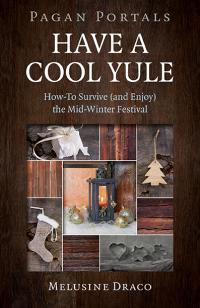

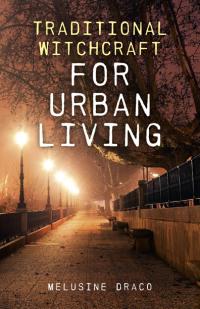
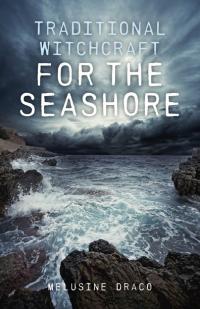
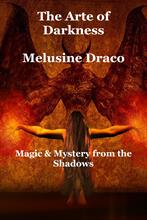
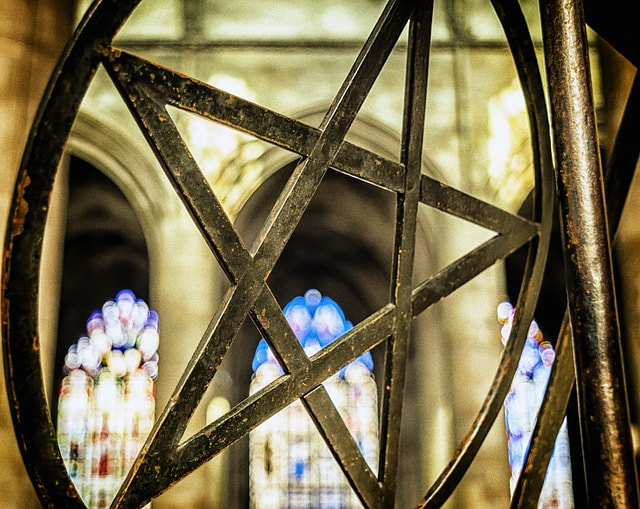
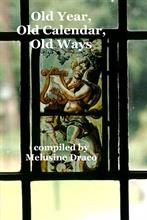
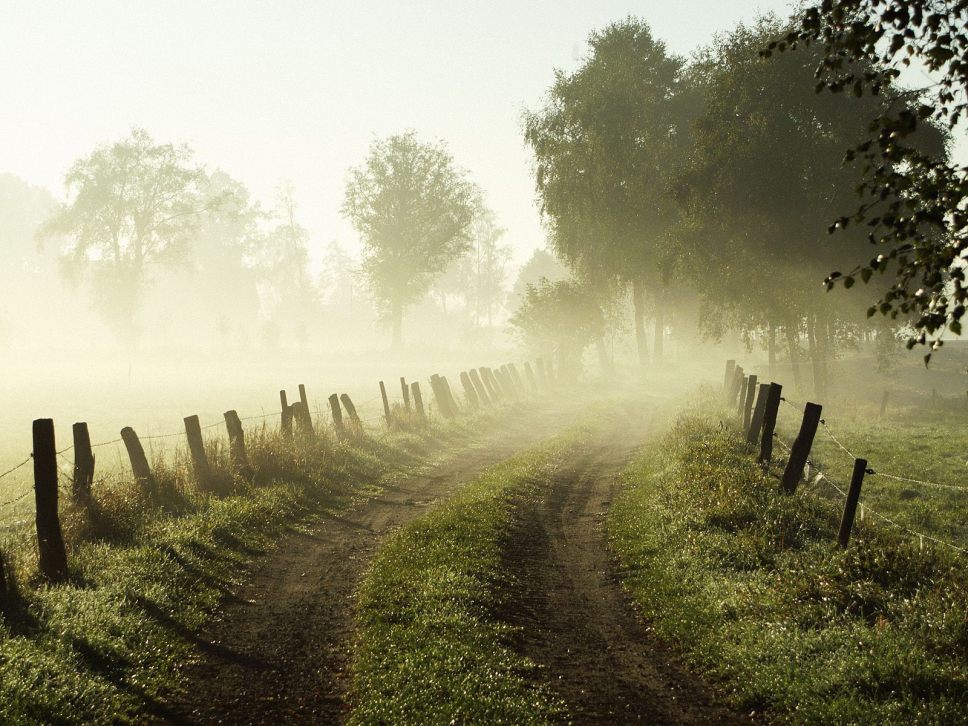
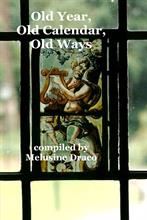

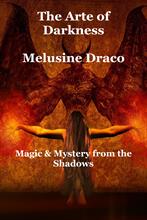

 RSS Feed
RSS Feed